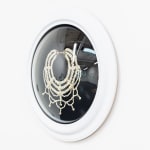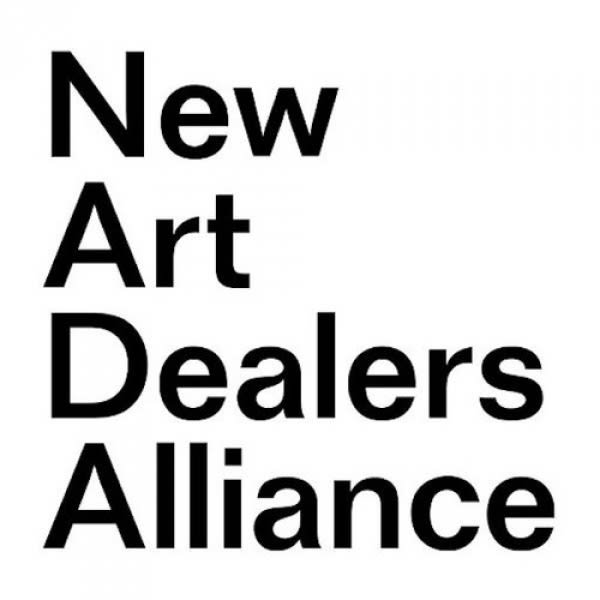Jenny Kendler
Further images
Hackberries (Celtis occidentalis) are common trees, thought to be a good choice for planting in cities, due to their general hardiness, underappreciated beauty and resilience in the face of climate change. In a memoir by feminist scientist Hope Jahren, I learned that the tree's seeds, while appearing as unassuming white beads, are in fact made of two fascinating materials: calcium carbonate and hydrated amorphous silicon dioxide. The latter is amazing as it is technically opal! So these little seeds, not generally valued by humans, are technically composed of a precious gemstone, raising questions of how and why we assign value to certain objects and not others. Why is a shiny rock more "valuable" than a seed which can grow a shade-and-oxygen providing, climate-resilient, food-bearing tree? Might we reconsider shifting our systems of value, away from "precious" gems and metals—traditional markers of capital—to biodiversity itself? What if our heirlooms were not jewels, but seeds—gems in and of themselves?
Also of interest are the seeds' high calcium carbonate content: meaning they are rich in carbon-14, the compound used by archeologists and paleobotanists to radiocarbon date prehistoric sites. Hackberry seeds are a common marker used to identify the age of sites where they are often found. But as already degraded carbon enters the atmosphere from the burning of fossil fuels, it threatens to "break" this invaluable scientific tool. There are fears within the scientific community that radiocarbon dating will no longer be viable as early as 2030—yet another infrequently mentioned threat posed by climate change.
Join our mailing list
* denotes required fields
We will process the personal data you have supplied in accordance with our privacy policy (available on request). You can unsubscribe or change your preferences at any time by clicking the link in our emails.








